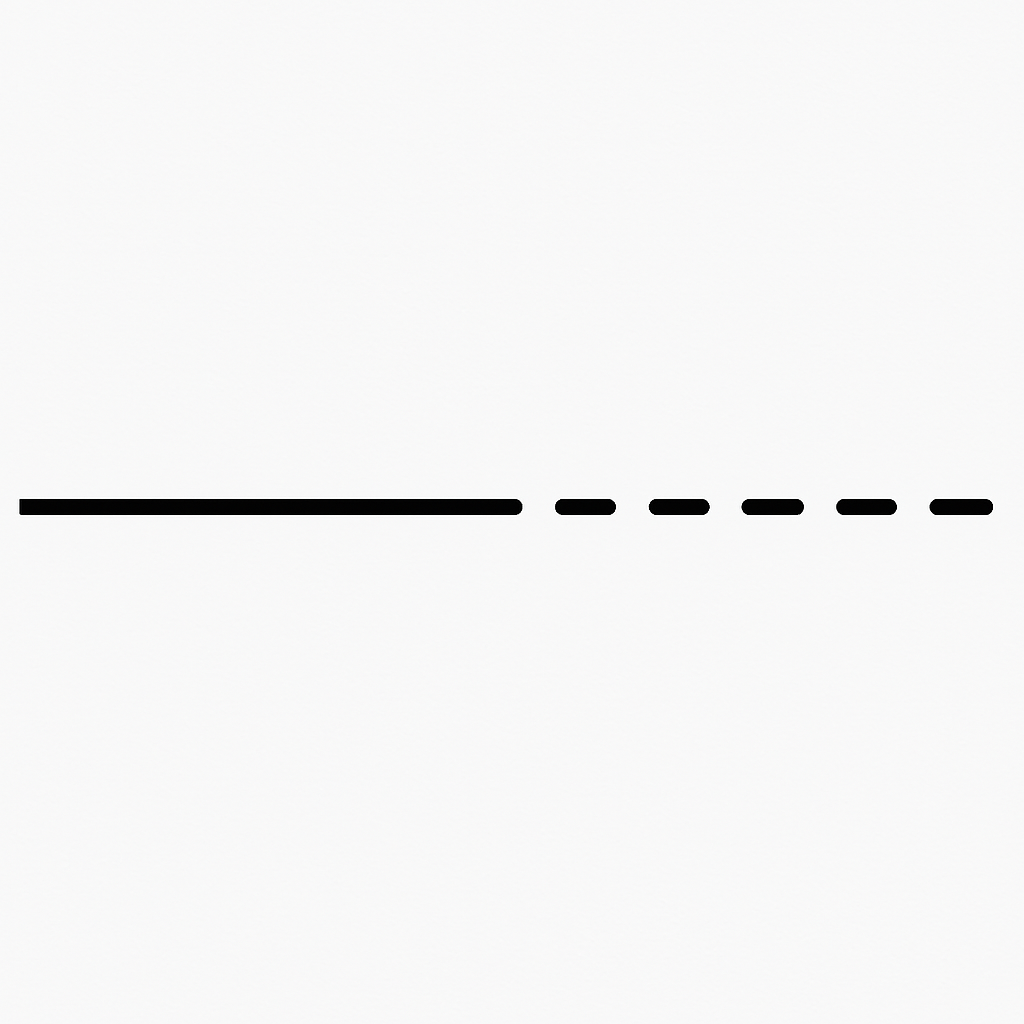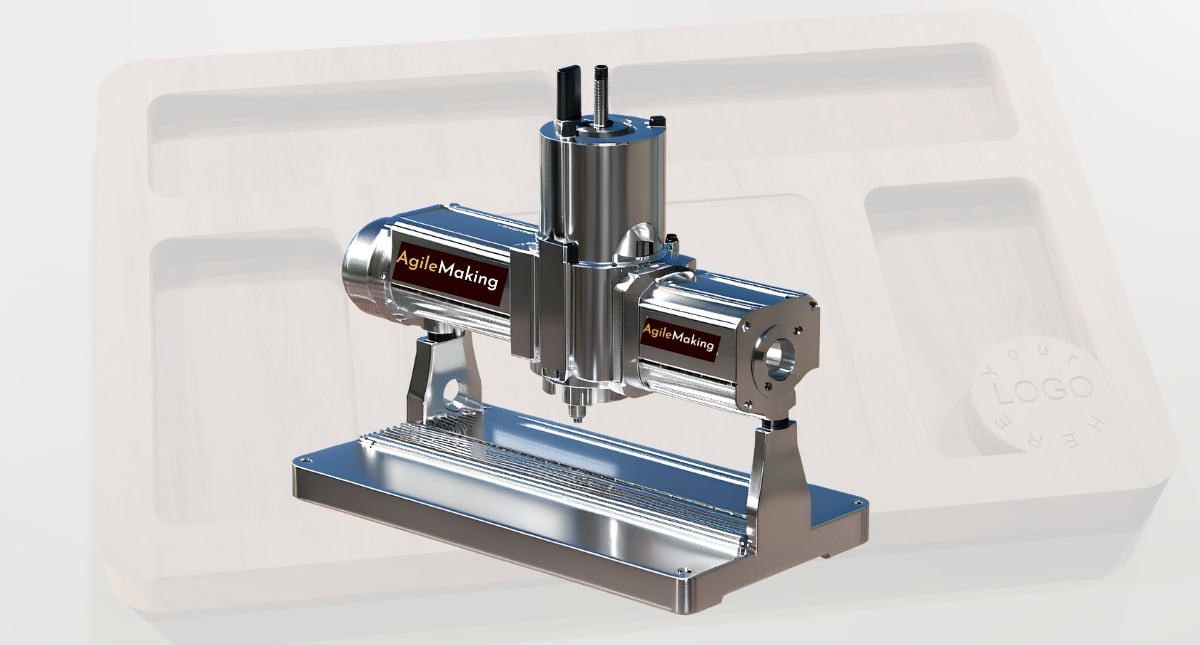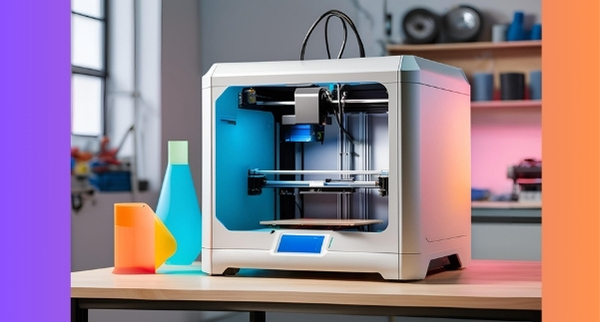


Are you curious about the world of precision manufacturing? If so, you’ve likely come across the term “CNC machine” and wondered what it means. In this comprehensive guide, we’ll explore the fascinating realm of Computer Numerical Control (CNC) technology, breaking down its components, applications, and importance in modern manufacturing.
CNC, or Computer Numerical Control, refers to the automated control of machining tools using pre-programmed computer software. These machines can create complex parts with high precision and repeatability, revolutionizing the manufacturing industry. Unlike manual machining, where skilled operators control tools by hand, CNC machines rely on digital instructions to guide cutting tools and produce intricate designs.
The concept of CNC has its roots in the 1940s and 1950s when the need for more efficient and accurate manufacturing processes emerged. Since then, CNC technology has evolved significantly, becoming an integral part of industries ranging from aerospace to woodworking.
To understand how CNC machines work, it’s crucial to familiarize yourself with their key components. Here are the main elements that make up a typical CNC machine:
For those looking to upgrade their CNC setup, consider investing in high-quality tools and accessories. The POWERTEC 1PK Toggle Clamp is an excellent choice for secure workholding, ensuring precision and stability during your CNC projects.
CNC technology has been adapted to various machining processes, resulting in a wide range of specialized CNC machines. Some common types include:
If you’re in the market for a versatile CNC machine, the Genmitsu CNC Machine PROVerXL 6050 Plus is an excellent option for both beginners and experienced users, capable of working with various materials including metal, wood, and acrylic.
The success of any CNC project largely depends on selecting the right tools for the job. Some essential tools used in CNC machining include:
For precision cutting and engraving, consider the SpeTool 5Pcs Carbide Ball Nose CNC Router Bits. These high-quality bits offer excellent performance and durability for a wide range of CNC applications.
At the heart of CNC technology lies CNC programming, the process of creating instructions that guide the machine’s movements and operations. CNC programs typically use a language called G-code, which consists of a series of commands that control various aspects of the machining process, such as tool movement, spindle speed, and coolant flow.
While mastering CNC programming can take time, many modern CNC machines come with user-friendly interfaces and CAM (Computer-Aided Manufacturing) software that simplify the process. These tools allow users to create complex designs without extensive programming knowledge.
Dive deeper into the world of CNC programming with our comprehensive guide
As you embark on your CNC journey, remember that practice and continuous learning are key to mastering this technology. Whether you’re a hobbyist or a professional, understanding the basics of CNC machines opens up a world of creative possibilities and precision manufacturing.
Ready to take your CNC skills to the next level? Explore our collection of CNC project ideas and start bringing your designs to life!


